Introduction
In the vast world of WordPress, one of the most visually impactful elements of a website is its header image. Often serving as the first impression visitors have of your site, the WordPress header image size is crucial for both aesthetics and functionality. Understanding the right dimensions, how to optimize them, and their overall importance can significantly enhance user experience and site performance. In this comprehensive guide, we’ll explore everything you need to know about WordPress header image size, including best practices, use cases, tips for optimization, and comparisons with other design elements. Let’s dive in!
Understanding WordPress Header Image Size
To kick things off, let’s clarify what we mean by WordPress header image size. The header image is often the large banner at the top of your website, typically featured in the header area of your theme. The size of this image can vary based on your chosen theme and layout. However, having the right dimensions is essential for maintaining the quality and loading speed of your site.
What is the Standard WordPress Header Image Size?
While there is no universally fixed header image size in WordPress, a common guideline is to ensure that your images are at least 1500 pixels wide and 500 pixels tall. This size will allow for good resolution on most devices and screens, ensuring your website looks professional and visually appealing. However, different themes may have specific requirements, so it’s essential to check your theme documentation or settings for the ideal dimensions.
Benefits of Using the Correct Header Image Size
Utilizing the appropriate WordPress header image size has numerous benefits:
- Improved Loading Times: Correctly sized images will load faster, enhancing user experience and reducing bounce rates.
- Better SEO Performance: Optimized images can contribute positively to your SEO efforts. Search engines favor fast-loading pages and high-quality images.
- Enhanced Visual Appeal: A well-sized header image maintains its quality across various devices, ensuring a consistent, professional appearance.
- Increased User Engagement: An eye-catching header can draw visitors in, encouraging them to explore more of your content.
Use Cases for WordPress Header Images
WordPress header images are versatile and can be used in various scenarios. Here are a few examples:
Blogs and Personal Websites
If you run a blog or personal website, a header image can set the tone for your content. For instance, a scenic or thematic header can reflect the subject matter of your blog, providing a cohesive feel that’s appealing to visitors.
Corporate Websites
For businesses, a professionally designed header image can convey brand identity. This could include logos, taglines, or images of products or services. A well-designed header can enhance trustworthiness and professionalism on corporate sites.
Portfolio Sites
Artists and developers often use header images to showcase their work prominently. For instance, a designer might display a standout project as part of their header, immediately drawing the viewer’s attention to their portfolio.
Tips for Optimizing WordPress Header Image Size
Now that we understand the importance of header images, let’s look at how you can optimize them for your WordPress site.
Selecting the Right Format
Different image formats serve different purposes. Use JPEG for photography due to its smaller file size, while PNG is great for images with text or transparency. WebP is another excellent option for high-quality images with reduced size. Make sure to select the format that suits your header’s design best.
Compressing Your Images
Without compromising quality, you can reduce the file size of your header images through compression. Tools like TinyPNG or CompressJPEG can help you optimize your images before uploading them to WordPress.
Responsive Design Considerations
In today’s multi-device world, your header image must look good on all screen sizes. Consider using CSS media queries to adjust the image displayed based on the device screen size, ensuring it always looks its best.
Comparing WordPress Header Image with Other Key Image Types
While header images are vital, WordPress also employs various other image types, such as featured images and background images. Understanding the differences can help in utilizing them effectively.
Header Image vs. Featured Image
A featured image represents a post or page, often displayed in blog listings or on social media shares. In contrast, the header image is typically applied site-wide. While both can be optimized, their purpose differs significantly. The header image sets the site’s overall tone, while featured images can reflect the specific content of individual posts.
Header Image vs. Background Image
The background image fills the entire background of a section or page. While a header image is a focused visual element, the background image can play a supporting role to site content. Ensure these two elements complement each other for an aesthetically pleasing design.
Conclusion and Call to Action
In conclusion, understanding WordPress header image size is crucial for optimizing your website’s performance and user experience. From selecting the right size and format to employing effective optimization techniques, every aspect plays a role in how your site appears to visitors. Ensure that your header images not only enhance your website’s look but also contribute to SEO and site speed.
To further enhance the performance and security of your WordPress site, consider reviewing our Website Audit services or check out our Free Consultation. We’re here to help you make the most of your WordPress site!
